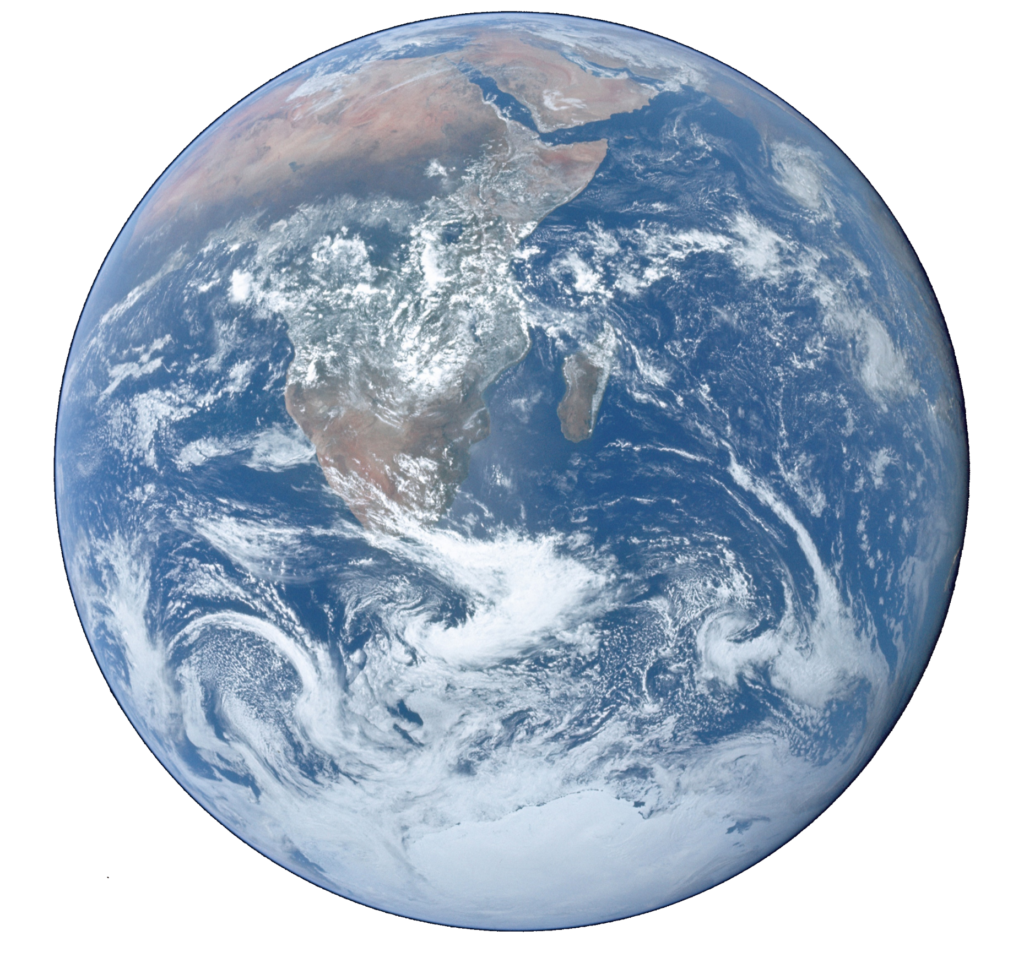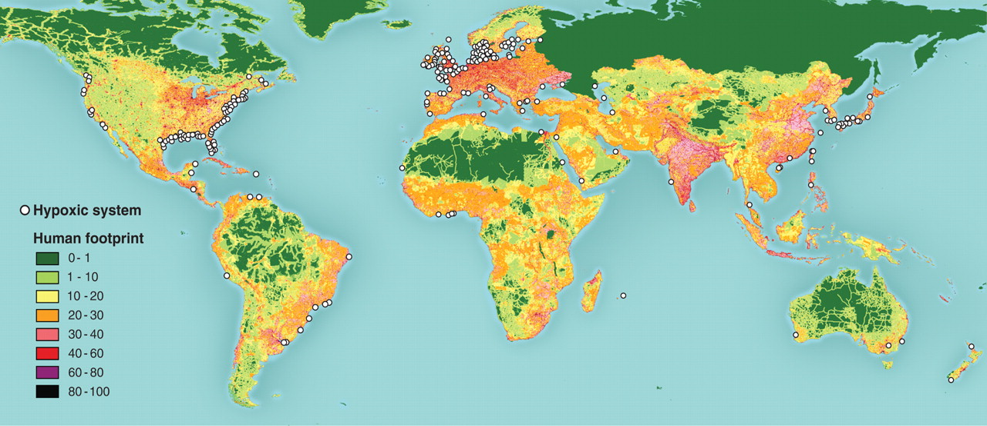Hypoxia is an Imminent Global Problem!

Number of Dead Zones increases dramatically in the past few decades!
Dead zones refers to an area in a water body where is very little or no oxygen, often associated with eutrophication (rich of nutrients like nitrogen and phosphorus). It leads to a lack of marine life and massive death, with serious economic consequences for indutries like fisheries and tourism.
Globally, 600+ dead zones associated with eutrophication, with a total area >245,000 km2, have been discovered. The number of dead zones doubled every decade since 60’s. The trend is increasing due to climate change and ripad population growth. Some examples include Gulf of Oman, Gulf of Mexico, Chesapeake Bay, and Baltic Sea.

Hypoxia has caused major changes in ecosystems worldwide
Apart from mass mortality and economic loss, hypoxia causes various consequence to the ecosystem in the world.
- Decrease in biodiversity and species richness
- Change in trophic relationships and food web
- Change in life cycle and species distribution
- Alters bio-irrigation and bioturbation
Therefore, regular monitoring of dissolved oxygen is required!
Regular monitoring of DO
Existing dissolved oxygen monitoring technologies are based on:
- Winkler’s reaction for DO quantification is first proposed by Winkler in 1888. Although this method has good precision and accuracy, extensive field sampling followed by tedious laboratory analysis is required. This makes the long-term measurements practically difficult, let alone results cannot be available wintin a short time.
- Electrochemical DO sensors include galvanic and polarographic DO sensors. With these sensors immersed in the aquous media, the DO in the aqueous media can be measured based on the electrical current responses. Although the electrical signals of these sensors show a linear relationship with DO contect at a low DO level, their accuracy and usage are easily influenced by fouling of membrane, which blocks the passage of the dissolved oxygen. Thus, electrochemical DO sensor are not suitable for long-term and continuous measurements under field conditions.
- Optical DO sensors quantify DO content from the luminescence lifetime or intensity of the emissive dye as the quenching of emission is directly related to DO level. ALthough optical DO sensors of this type require very short initiation time and does not show significant drifts over prolonged period of operation, they are relatively expansive and show low sensitivity at high DO level. Moreover, their performance would also be affected by biofouling.
Challenge for regular monitoring of DO
Although there are several mature DO monitoring technologies, it is challenging for their long-term continuous operation.
- DO shows large termporal variations, especially in eutrophic systems.
- DO shows large spatal variations
- Regular maintenance of DO electrodes is required due to biofouling affecting the sensor performance.
